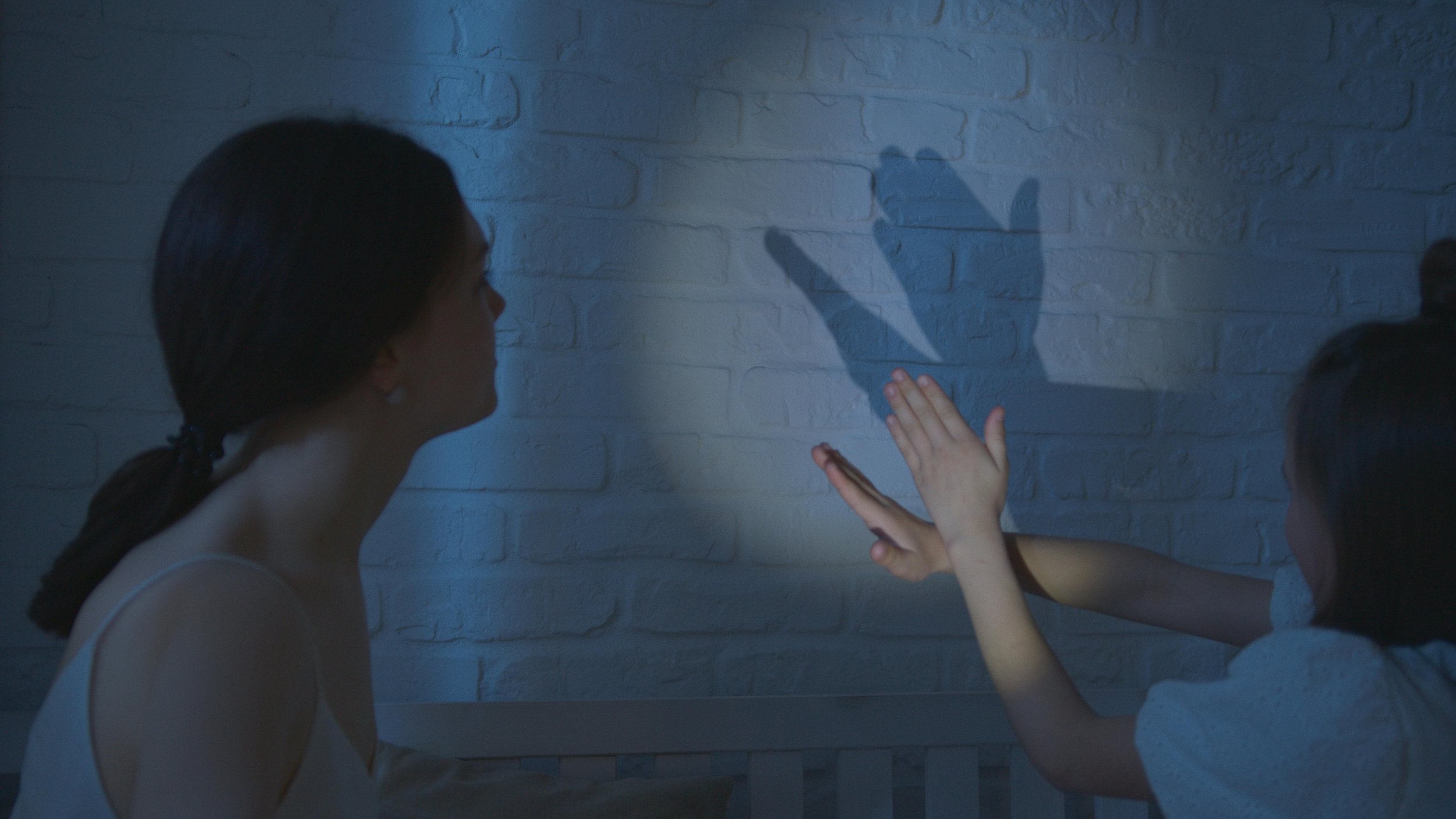Preschool at Home
Should I Do Preschool-at-Home?
Many of you are weighing the big decision: Should I send my child to preschool or keep them home and teach them myself? It’s a tough call—and you’re not alone in thinking that.
Here’s the truth: there’s no one “right” answer. Every family is different, every child is different, and what works for one won’t work for all. This is a decision that deserves thought and prayer, and ultimately, it’s yours to make.
Trust yourself. You know your child better than anyone. Be confident in the path you choose, and please—don’t let anyone make you feel guilty either way. You’ve got this.
What is Preschool-at-Home?
Preschool-at-home simply means teaching your child at home instead of enrolling them in a traditional preschool program. Preschool typically covers ages 0–5, so you might have one little learner—or a whole mini class—right in your living room.
And that’s a gift.
Preschool-at-home gives you the chance to spend quality time with your child and really tune in to how they learn best. They might get wiggly, ask a lot of questions, or lose interest halfway through an activity—and that’s okay. They’re learning. They’re growing. And you get a front-row seat to watch it all happen.
Preschooling at Home
Let’s clear one thing up right now: Preschool-at-home does NOT have to look like traditional preschool.
You don’t need to recreate a classroom with posters, a bell schedule, and a perfectly color-coded calendar (unless that sounds fun to you!). Home preschool is about three simple things:
Creating a routine that fits your family
Teaching everyday life skills
Introducing early academics through play
That last one is important—playful learning is powerful. At this age, play and learning go hand in hand. A morning sorting socks can turn into a lesson on colors and patterns. A sandbox becomes a science lab. Every day is full of chances to explore, create, and grow.
So if your preschooler insists on learning in their pajamas and cowboy boots—let them. If they’re obsessed with dinosaurs, space, or the garbage truck and want to deep-dive into it for weeks—go for it.
You’re the teacher now, which means you get to choose what this experience looks like. If something isn’t clicking, you can pivot. If your child needs more time on a skill, you can slow down. That’s the beauty of preschool-at-home—it’s flexible, personal, and built just for your child.
Next week, I’ll be sharing practical tips and ideas to help you set up preschool-at-home in a way that feels simple, doable, and fun for your family.
In the meantime—if you’re considering preschool-at-home and feeling nervous, I’d love to hear from you. Comment below with your questions or concerns, and I’ll do my best to ease your worries and cheer you on.
You’re doing important work—and I’m here for you!











